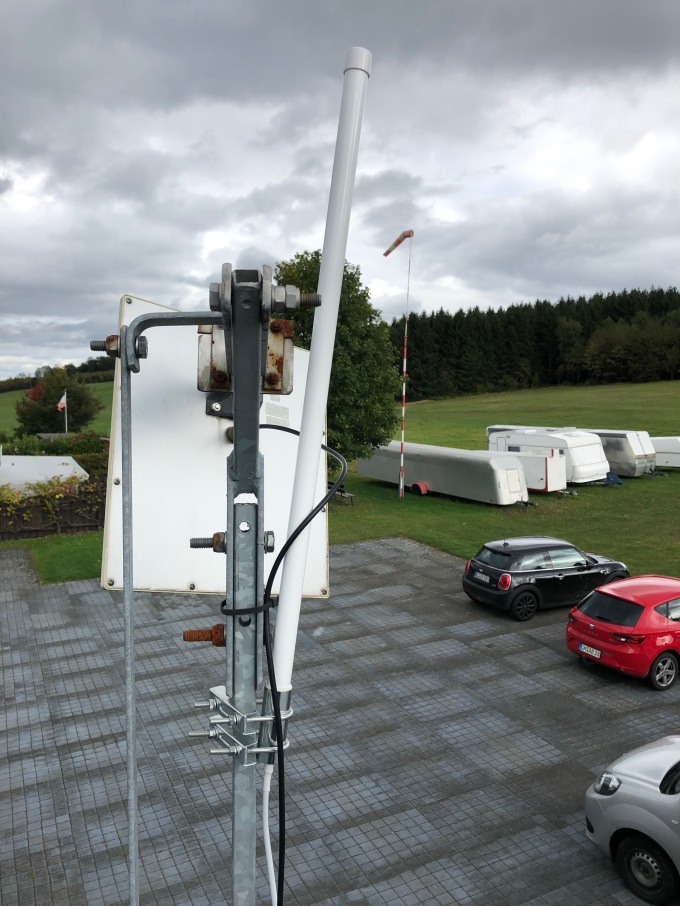As a glider pilot I am always looking for possibilities to improve over-all security. A technology that has taken the general aviation world by storm is the so called FLARM collision alert system. All planes and helicopters which are equipped send their position on 868MHz. If the path of the objects will cross in the future the system sends a warning (visually and acoustic). A motivated group of individuals used this to create the “Open Glider Network (OGN)”, a net of receivers which allows to use this information that is send for a third party. The idea is to help the in the case of SAR-missions and display the traffic similar to flightradar24. All this is based on a tight net of receivers, which is why I built one. I used a Raspberry Pi 3+ running Raspian Lite as my core and followed the instructions to tune a DVB-T stick to the frequency. This is the same stick I used to collect weather data from the NOAA satellites, a prior project which made this one quite simple. I installed on the roof of a building at my home base an antenna (9dbi fiberglass) and started everything up.

After a bit of fine tuning (the frequency shifts depending on the temperature) I never had problems and the receiver has been running since. This was quite a fun and easy project. For the future I am planning to install a filter to reduce the signal-to-noise ratio and an amplifier or maybe with an active antenna? For know everything is running smoothly and after a couple of month I managed to detect planes even in the Netherlands. Especially the coverage in the north is amazing.
Update April, 2024: After years of service I have change the receivers location to the observatory. Just for fun to check if it manages to capture traffic in the Cologne area. Due to some obstructions (if I would have installed the antenna appropriately high it could obstruct the view of the telescope) the area it will cover will not be that high. Since its beginning the OGN network has grown and is now so tightly knitted it’s not as important as in the past to really aim for the coverage in my opinion.